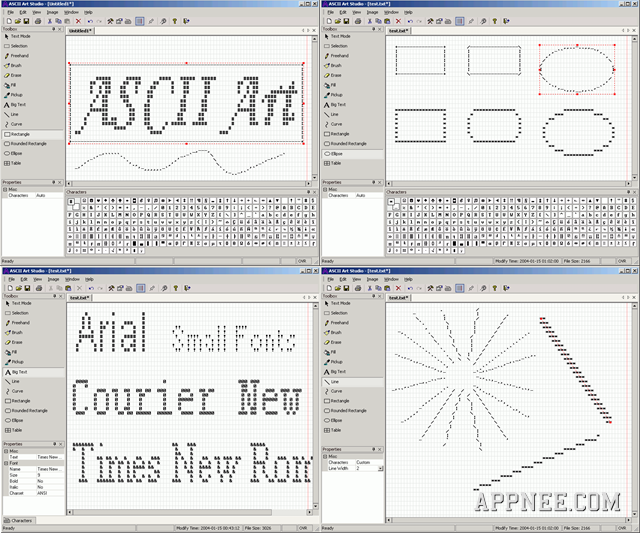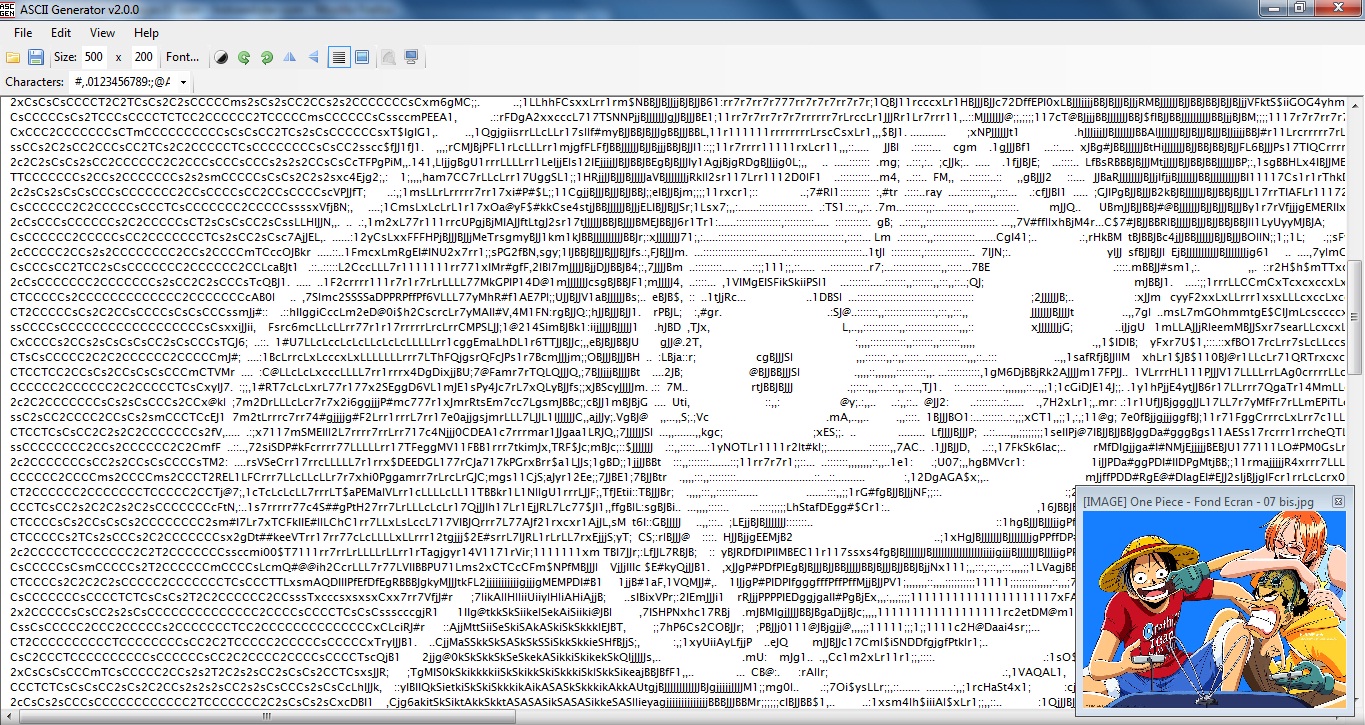

I strongly encourage you to open up a terminal window or an editor and explore the encoding behind some of the basic characters. If you're interested, you can read more about the long and interesting history of ASCII on Wikipedia There's a great chart halfway down the page that shows each character and its associated decimal encoding. For our password generator, ASCII will suffice. Today, there are much larger character encodings (such as UTF-8) that can encode any letter or character from any language. ASCII is a popular widespread encoding for 128 basic English-based characters, where each digit between 0 and 127 represents a character. UnicodeBefore diving into the code, it's important to understand the fundamentals of unicode for this project.
ASCII PASSWORD CREATOR CODE
Earlier versions of Python will raise errors when trying to use it, but you can replace the walrus operators with the equivalent code supplied in this post to use with version 3.6 and greater.ĭownload the project code from github here. Note: the code used in this post utilizes the Walrus Operator introduced in Python version 3.8. We'll touch on some character encoding with ASCII, list comprehensions, the walrus operator, writing into CSV files, and f-strings. Hopefully there will even be something for intermediate level Pythonistas. This project is good for beginners familiar with the basics of Python.
ASCII PASSWORD CREATOR GENERATOR
Length of password cannot be set to be random.In this post we'll be building a simple terminal-based password generator with the ability to name and store the passwords that you generate in a spreadsheet (.csv) file. Passwords should always be kept in lists at least 3x’s the number of unauthorized attempts long. Passwords are hard to break, but they are also hard to remember. Random number generator state is shuffled which may affect other programs that rely on pseudorandom behavior for validating results. % password using only the characters 6 and 9, (6 is three times more likely, so roughly 4 9's are expected, on average) %% User specified set, not checked for uniqueness % 8 character password with at least 4 numbers and no lowercase or uppercase

%% Negative requirements mean characters will not be used


% 5 (8 actually) character password with at least 2 lowercase, 2 uppercase and 4 numbers (no symbols due to no unalocated spaces) %% 5 characters, only lowercase letters and numbersĬreatePassword(5,0,-1,0,-1) %5 character password of only lowercase and numbers % % % Example (shown in published results) % % % %ĬreatePassword % Default is 8 character password of all ASCII values Can be specified as ASCII character code (float), or as a character string Default value are all the printable ASCII symbols (ie, non-whitespace). Primarily meant to specified allowed symbols, but can be used for any required set. List_s: User specified list of characters. If negative, no symbol characters are used. N_s : Minimum number of symbol characters. If negative, no number characters are used. N_n : Minimum number of number characters. If negative, no uppercase characters are used. N_C : Minimum number of uppercase characters. Default value 0, meaning no lowercase characters required, but are allowed. If negative, no lowercase characters are used. N_c : Minimum number of lowercase characters. N : Exact number of characters in password. Vector length can be from 2 to the upper limit. Password=CreatePassword(N,) %length and quota vectorĪll inputs are optional. Password=CreatePassword() % single vector of quotas Password=CreatePassword(N,N_c,N_C,N_n,N_s,List_s) %individual inputs Other files didn’t have sufficient freedom, or were less rigorous. Care was taken to make the process as random as possible for the highest strength protection. I created this after having to create an excessive number of long, strong passwords, not correlated with previous passwords. Using ‘rng shuffle’ in the code, shuffles the random number generator so that passwords cannot be recreated based on pseudorandom number generator seed. All unspecified characters can come from any possible symbol. Constraints can be set to specify the length of the password, or minimum numbers of character sets. This function creates passwords with the maximum entropy as allowed by constraints set by the user.


 0 kommentar(er)
0 kommentar(er)
